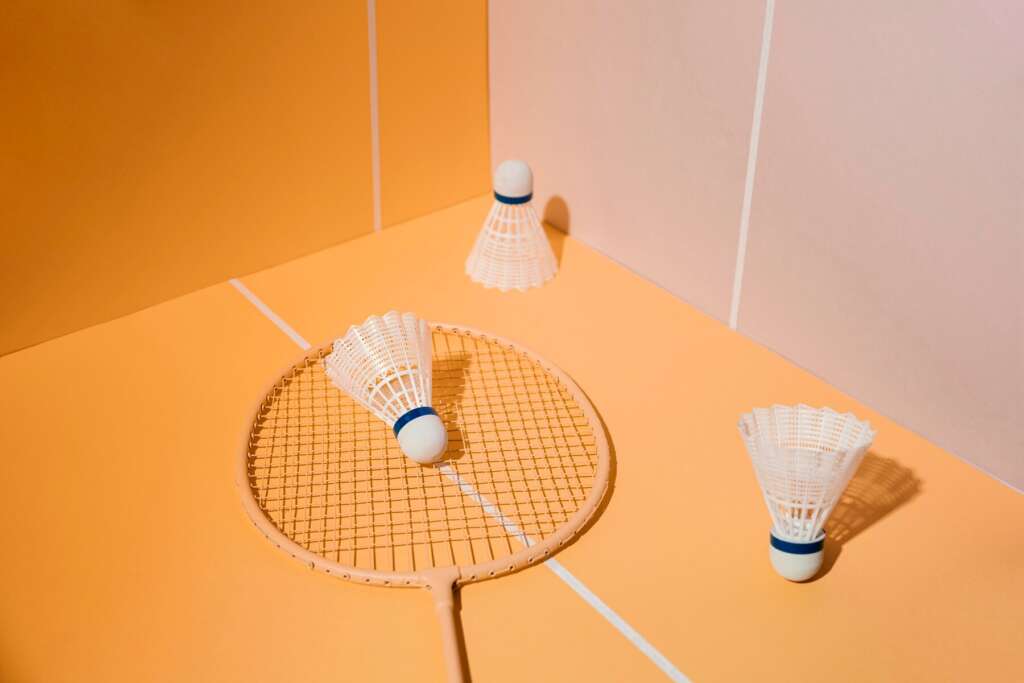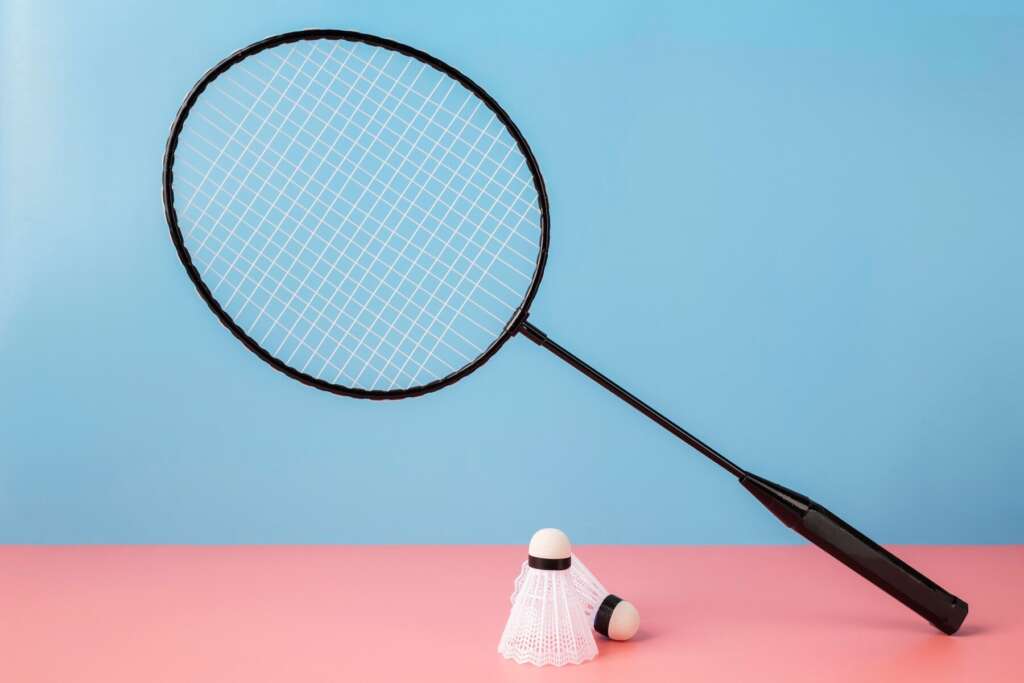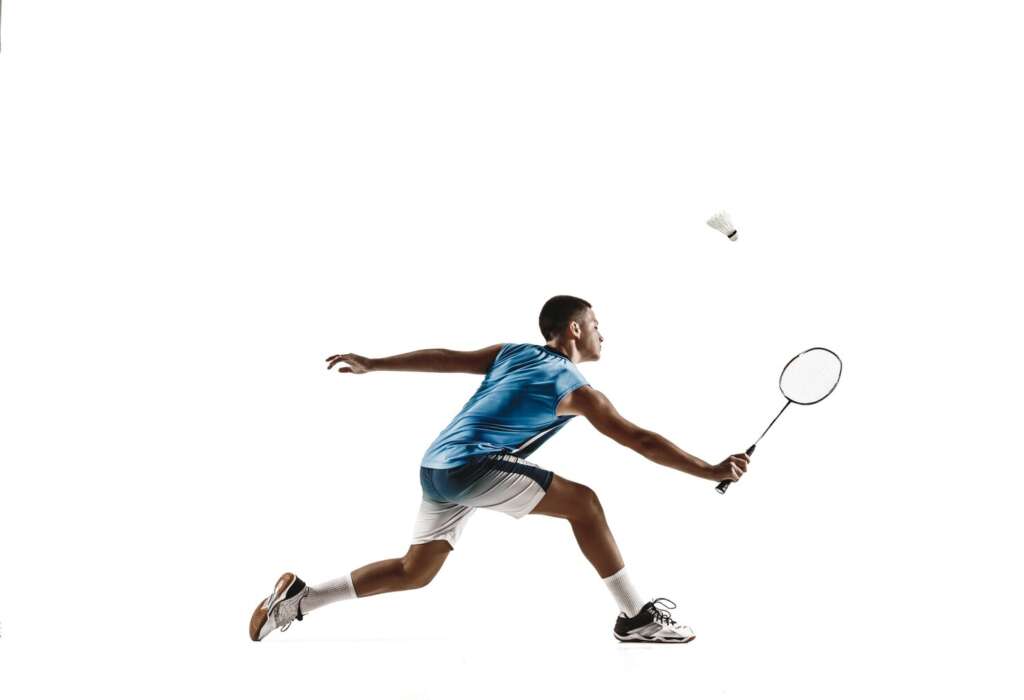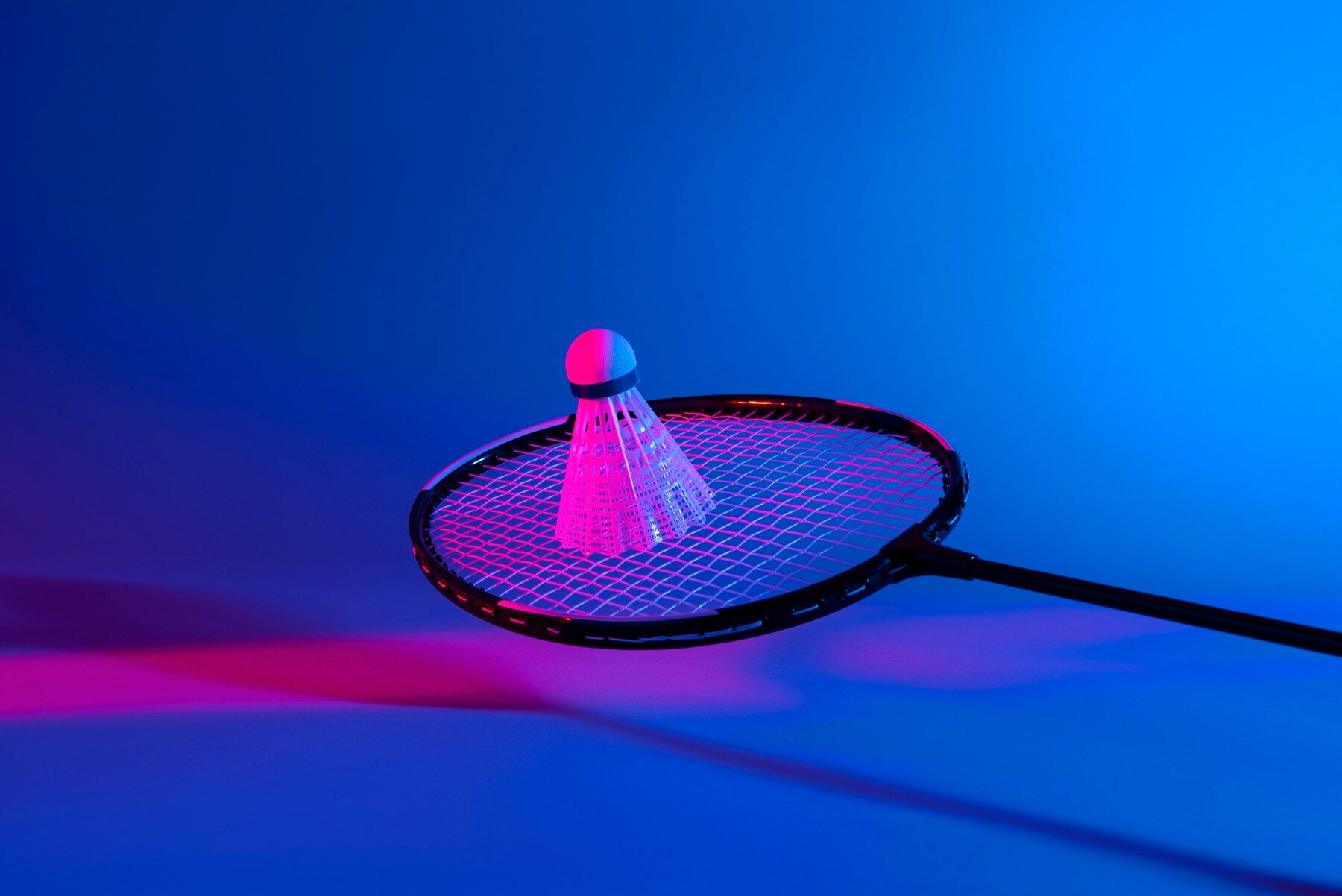Are you ready to take your game to the next level?
Choosing the right badminton racket can make a world of difference in your performance on the court.
With so many options available, it’s important to know what to look for to find the perfect racket that suits your style of play.
In this guide, we’ll walk you through the key factors to consider when selecting a badminton racket.
Our guide will be based on a couple of questions:
Are you a power player who loves smashing shots, or do you prefer precise control and finesse?
Do you play singles or doubles, and how does your playing style differ between the two?
What level of flexibility and weight feels most comfortable for your swings?
Are you looking for a budget-friendly option, or are you willing to invest in a high-performance racket?
Let’s get going:
Related: Badminton tips for beginners
How To Choose A Badminton Racket? Tips For Beginners
Here’s your no-nonsense badminton racket selection guide:
1. Racket Weight

The weight of a badminton racket can significantly affect your gameplay.
Lighter rackets are easier to maneuver and can help you generate faster swings, which is beneficial for players who rely on speed and agility.
On the other hand, heavier rackets provide more power and stability, making them suitable for players who prefer a more aggressive playing style.
It’s essential to find the right balance between weight and control based on your individual preferences and playing technique.
2. Shaft Flexibility
The flexibility of the racket shaft is one of the most important factors to consider when buying a racket.
A flexible shaft bends more, resulting in a whip-like action that can generate more power and control.
Stiffer shafts, on the other hand, offer greater precision and are preferred by players who rely on accuracy and placement.
Your choice of shaft flexibility depends on your playing style and skill level, as well as personal preference for the feel of the racket during play.
3. Racket Balance
Racket balance refers to the distribution of weight along the length of the racket. A racket can be head-heavy, head-light, or evenly balanced.
Head-heavy rackets have more weight toward the head, providing extra power in your shots and making them suitable for aggressive players.
Head-light rackets have more weight toward the handle, offering better maneuverability and control, which can benefit defensive players.
An evenly balanced racket provides a compromise between power and control, catering to a wide range of playing styles.
4. String Tension and Type

The tension and type of strings used in a badminton racket can significantly impact your performance on the court.
Higher string tension results in more power and control but sacrifices some flexibility and forgiveness on off-center hits.
Lower string tension provides more forgiveness and a larger sweet spot but may sacrifice some power and control.
Additionally, the type of strings, such as nylon or natural gut should also be considered when it comes to choosing a badminton racket.
To optimize your performance on the court, it’s recommended to consider your playing style and skill level when choosing string tension and type.
5. Playing Style and Skill Level
Your playing style and skill level play a crucial role in determining the most suitable racket for you.
If you’re an aggressive player who likes to smash and attack, you may prefer a heavier racket with a stiff shaft for maximum power.
Defensive players who focus on precision and control may opt for a lighter racket with a flexible shaft.
Beginners may benefit from a more forgiving racket with a larger sweet spot to help improve their accuracy and technique.
Understanding your playing style and skill level will help you choose a badminton racket that complements your strengths and improves your weaknesses.
Related: Badminton smash defense tips
6. Head Shape
The head shape of a badminton racket can vary between isometric, oval, and traditional shapes.
Isometric head shapes have a larger sweet spot, providing more forgiveness on off-center hits and offering better power and control.
Oval head shapes are more traditional and offer a smaller sweet spot but may provide better precision and accuracy for experienced players.
Your choice of head shape depends on your playing style and preference for power versus control.
7. Grip Size

The grip size of a badminton racket refers to the circumference of the handle.
Choosing the right grip size is necessary for comfort and control during play.
A grip that’s too small can result in wrist strain and lack of control, while a grip that’s too large can cause discomfort and difficulty in maneuvering the racket.
It’s essential to select a grip size that feels comfortable in your hand and allows you to maintain a secure grip throughout the game.
8. Your Budget
Your budget is an important consideration when choosing a badminton racket.
Rackets come in a wide range of prices, from budget-friendly options for beginners to high-end models for professional players.
Setting a budget that aligns with your financial resources and investing in a racket that offers the best value for your money is critical.
While it’s tempting to splurge on the latest technology or top-of-the-line models, many affordable options offer excellent performance and durability.
By considering your budget, you can find a racket that meets your needs without breaking the bank.
Recap
You now have all the knowledge in the world to choose the perfect badminton racket for your game.
Remember to consider factors like your playing style, budget, and preferences when making your decision.
And don’t be afraid to test out different rackets to find the one that feels like an extension of your arm on the court.




